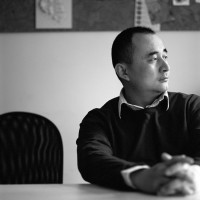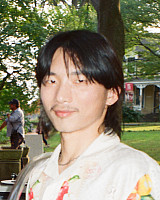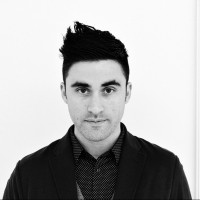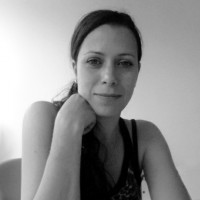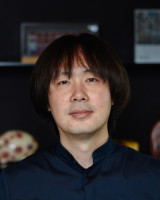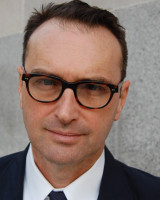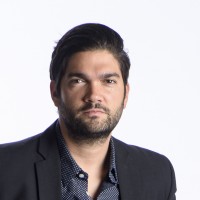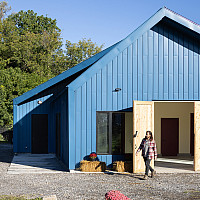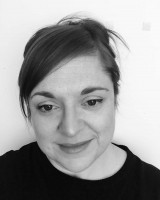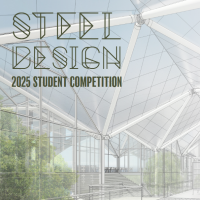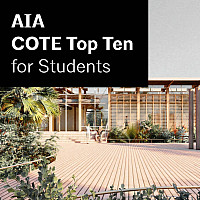Soomeen Hahm
Founder, SoomeenHahm Design Ltd. & Co.
Public Lecture - Augmented Architects: In the Age of AI
This lecture explores how architecture is being reshaped in the age of AI, mainly through the works of Soomeen Hahm. By showcasing a series of case studies, it highlights her unique approach to augmented fabrication technologies, where computational design, robotics, and augmented reality converge to expand architectural creativity and redefine the role of the architect.
Graduate Workshop Review - Augmented Pavilion: Computational Design and Augmented Fabrication
October 27, 5:30 p.m., Slocum Atrium
This intensive workshop investigates the evolving relationship between human intuition and digital augmentation in contemporary design and fabrication. Participants will explore how computational design and augmented reality (AR) can be integrated into a seamless workflow for creating small-scale architectural interventions—ranging from pavilion-scale structures to furniture-scale installations. The course emphasizes generative design methods for developing complex geometries, alongside AR-assisted assembly for translating digital models into precise, physical constructs. Students will gain experience designing in Rhinoceros and Grasshopper, applying computational logic to control form, structure, and assembly sequence. The workshop prioritizes hands-on making—students will prototype components, test material strategies, and fabricate final assemblies using a hybrid workflow that merges advanced digital fabrication techniques with traditional craft.
Through AR-enabled overlays, participants will navigate the challenges of complex geometry, intricate joinery, and spatial assembly in real time. These overlays act as a bridge between design intent and physical execution, allowing for a fluid, intuitive construction process while maintaining high precision. Beyond technical skills, the workshop encourages critical reflection on the role of digital augmentation in architecture—how emerging tools can empower designers, expand the scope of constructible forms, and question established conventions of building. Students will be challenged to think strategically about material sourcing, sustainable practices, and the performative qualities of their designs.
The workshop is part of the Graduate Program’s Design Research Workshop Series: “Generative Entanglements: Exploring the Radical Disruption of Architectural Norms.” This year’s series engages a spectrum of generative workflows that confront a pressing question for architecture today: How can architects remain agile, critically adaptive, and materially fluent amid technological shifts that radically disrupt traditional modes of making?
This year’s lectures and workshops investigate how emerging computational methods and technological augmentation entangle the architect’s agency with the processes of generative design and fabrication. Together, the workshops frame architecture not as a fixed artifact, but as a dynamic, entangled process negotiating technological potential, environmental complexity, and generative tools for experimentation. Rooted in the idea of design as an augmented act of translation—from codes to material forms, images to spatial constructs, and artifacts to ecosystems—the workshops embrace provisional, collaborative, and exploratory approaches. Participants engage in open-ended inquiry, continuously testing and evolving their work through reciprocal dialogue between digital and physical forces.
Students will develop a new architectural literacy of varying methodologies that synthesizes computational workflows, ecological awareness, and hands-on craftsmanship into inventive, critical, and context-responsive proposals. The architect is redefined not as a solitary creator but as an active mediator within generative entanglements. By immersing students in environments demanding both computational acuity and thoughtful intervention, the workshops equip them with the skills and mindset needed to practice within an era marked by radical disruption, uncertainty, and interconnectedness.

